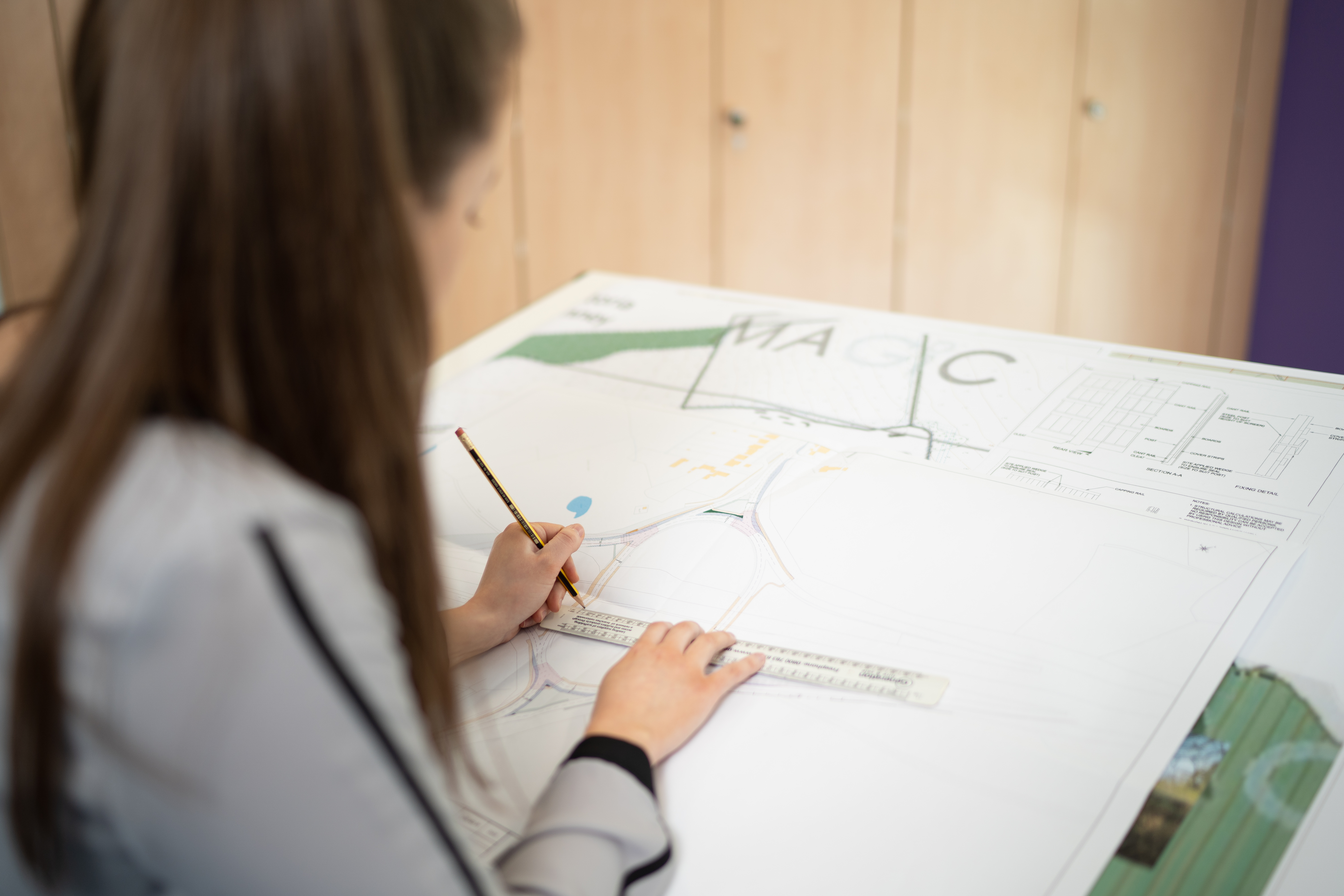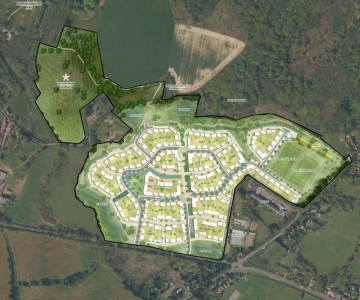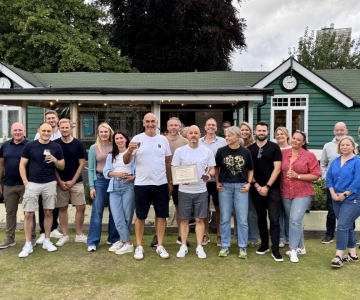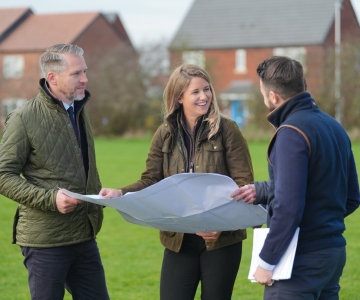A Local Plan is a document created by local government planning authorities to guide the future development and land use within a specific geographical area, typically a district or region.
Local Plans set out the long-term strategy for the development of an area.
A Local Plan has an important role in shaping how places look and feel. They can be used to enhance the environment, help tackle climate change as well as securing new, sustainable neighbourhoods and homes.
Local Plans identify where and how many new homes should be built, locations for future employment space, which areas need to be regenerated (such as brownfield sites) and which areas should be protected due to sensitive ecological, landscape and heritage issues.
Preparing a Local Plan
Local Plans are prepared by the local planning authority. The Government expects when preparing a Local Plan, that the local planning authority will work together with residents, local communities and businesses.
Local Plan public consultation takes into account different opinions, wants and needs in a local area across a varied geographical and demographical spread.
It can be a tricky balance to achieve, and a Local Plan can often be seen as contentious with local communities especially around release of land for new homes.

Setting a plan for the long term vision
A Local Plan however is vital to be able to progress and develop communities for the long term. Local Plans can take a long time put in place and a draft Local Plan needs to be found to be sound.
The Secretary of State appoints an Independent Planning Inspector to examine the draft Local Plan, and following this process, The Planning Inspector’s final report recommends whether the Council can adopt the plan.
Therefore, it is in everyone’s interest to get involved and help develop and consult on a Local Plan in an open and transparent manner.
Local Plans are at the heart of the local planning system and set a framework for which decisions on planning applications can be based.
Thinking of submitting your land as part of the Call For Sites being run by your local planning authority? Find out more about how Catesby Estates can help you bring your site forward for future development.
Richard Waring - Land Manager
01788 726810 / richardw@catesbyestates.co.uk




